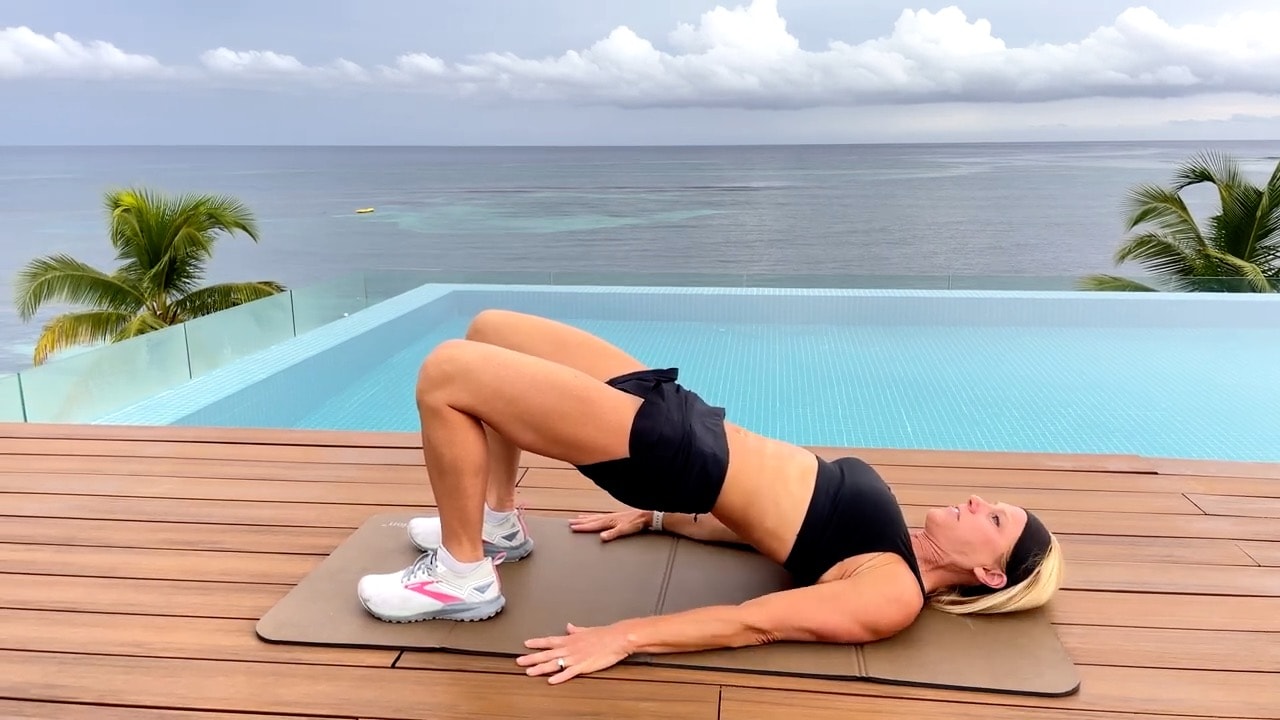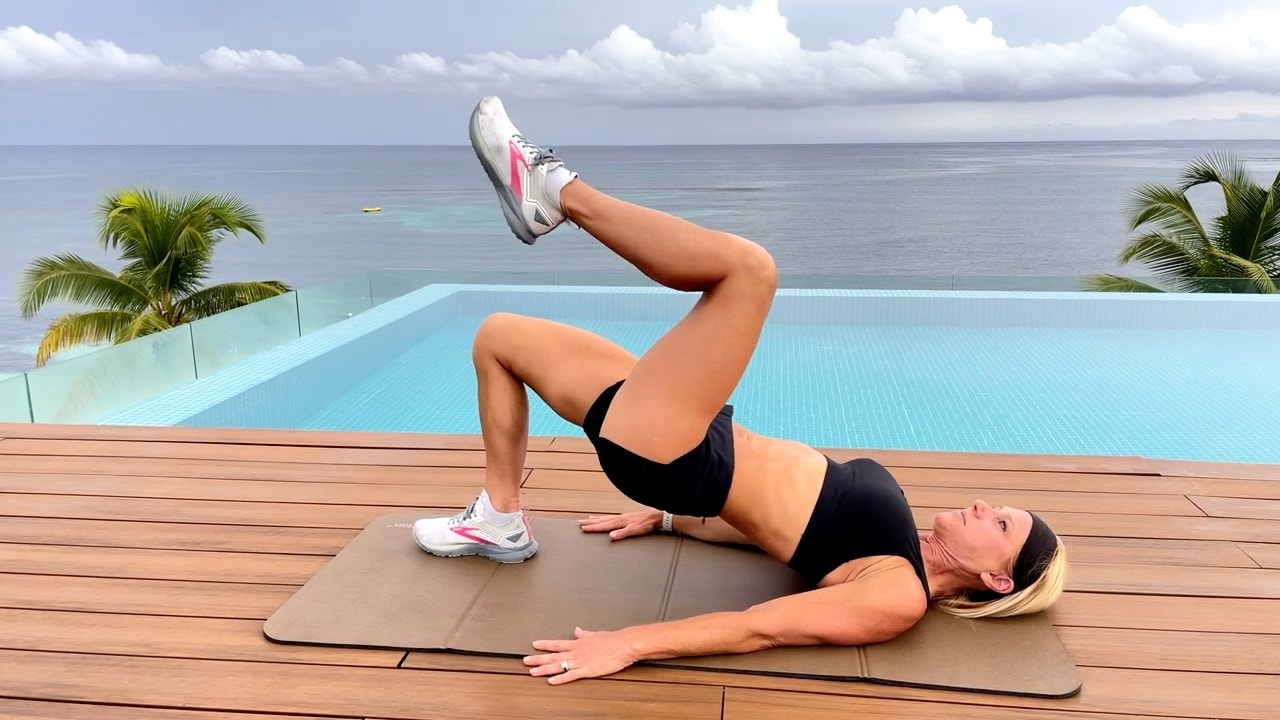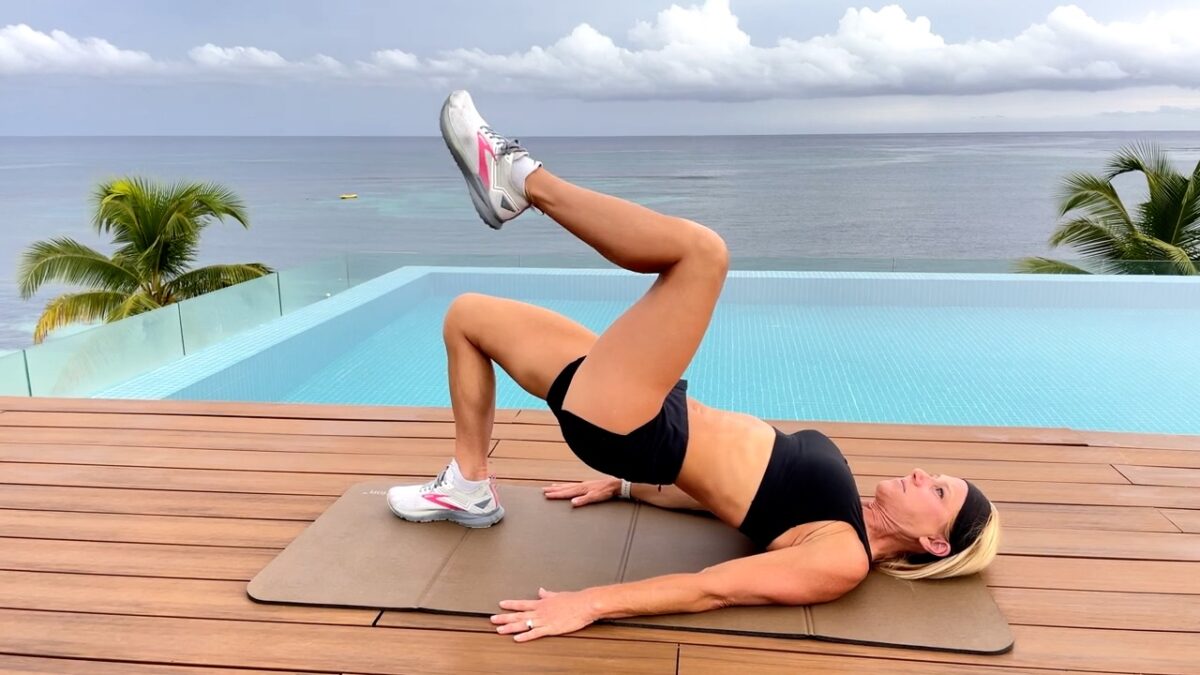Well, well, well, look who’s ready to give their backside a good old-fashioned workout! That’s right, we’re talking about marching glute bridges, the exercise that’s guaranteed to make your booty pop like never before. If you’re tired of doing squats and lunges until the cows come home, it’s time to switch things up and get your glutes firing with this cheeky little move. So, get ready to march your way to a firmer, rounder, and all-around more fabulous derriere. Are you ready to shake what your mama gave you? Let’s dive in!
What is a Marching Glute Bridge?
A marching glute bridge is a variation of the classic glute bridge exercise that adds an extra challenge to your glutes, hamstrings, and core muscles. The marching motion adds an extra element of instability, forcing your glutes and core to work harder to maintain balance and control.


How to do a Glute Bridge March
Here’s a step-by-step guide on how to perform a glute bridge march:
- Start by lying on your back on a comfortable surface, such as a yoga mat, with your knees bent and feet flat on the ground. Place your arms at your sides with your palms facing down.
- Engage your core muscles by drawing your belly button towards your spine, and press your lower back into the ground.
- Drive through your heels to lift your hips off the ground, squeezing your glutes at the top of the movement.
- Lift your right foot off the ground, and bring your right knee towards your chest, keeping your left foot on the ground.
- Hold this position for a moment, then lower your right foot back to the ground.
- Lift your left foot off the ground, and bring your left knee towards your chest, keeping your right foot on the ground.
- Hold this position for a moment, then lower your left foot back to the ground.
- Continue alternating between lifting your right and left foot, performing the marching motion for the desired number of repetitions all the while, maintaining a lifted position with your hips high.
- Once you have completed your set, lower your hips back down to the ground and rest for a moment before repeating.
Remember to keep your core engaged throughout the exercise, and avoid arching your lower back or pushing your hips too high. Focus on squeezing your glutes at the top of the movement, and maintaining control and stability throughout the marching motion.
What muscles do glute marches work? Does marching work your glutes?
The primary mechanism working with a marching glute bridge is the hip extension, which targets the gluteus maximus, the largest muscle in the buttocks. The gluteus maximus is responsible for hip extension, which is the movement of the hip joint that brings the thigh bone (femur) from a flexed position (bent) to an extended position (straight). This movement is crucial for activities like running, jumping, and squatting, and a strong gluteus maximus can help improve overall lower body strength, power, and performance. Additionally, the marching motion in the glute bridge exercise adds an element of instability, which requires the glutes and core to work even harder to maintain balance and control, leading to improved stability and functional strength.
Want to know how to more fully activate your glutes?


